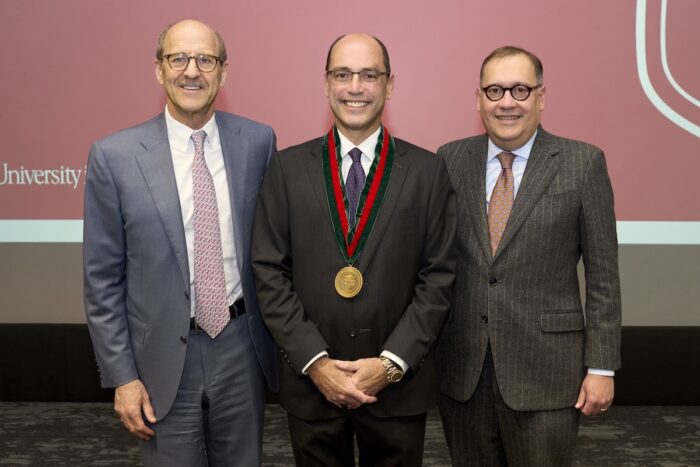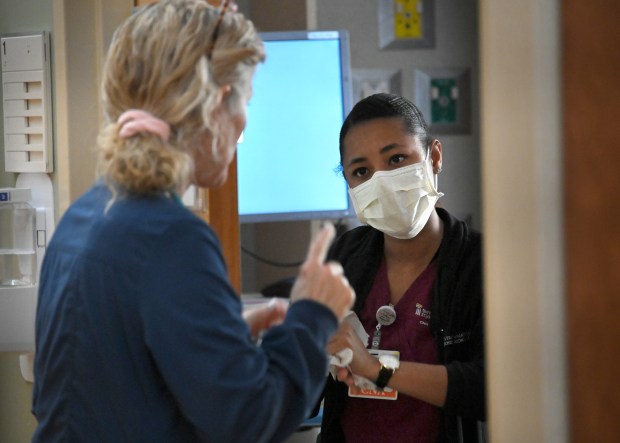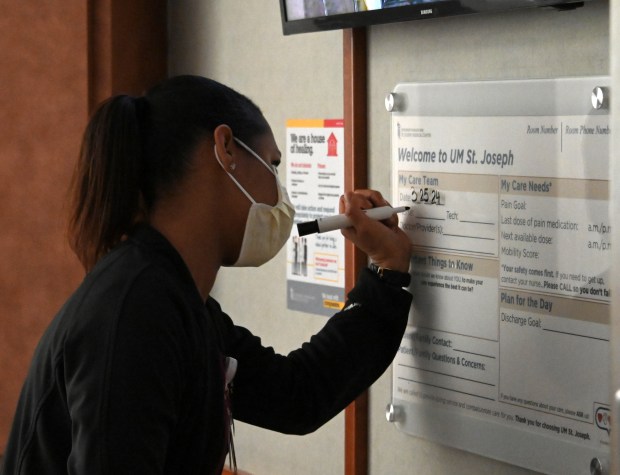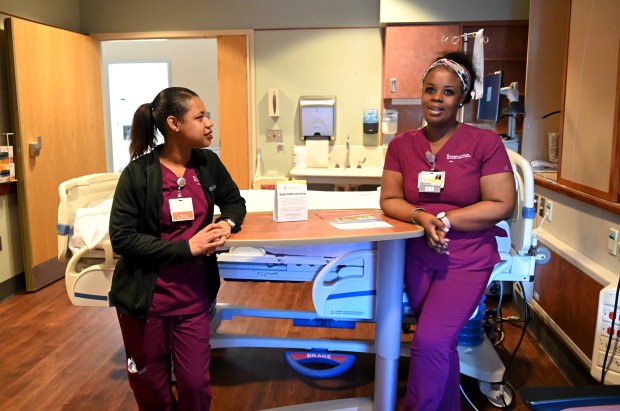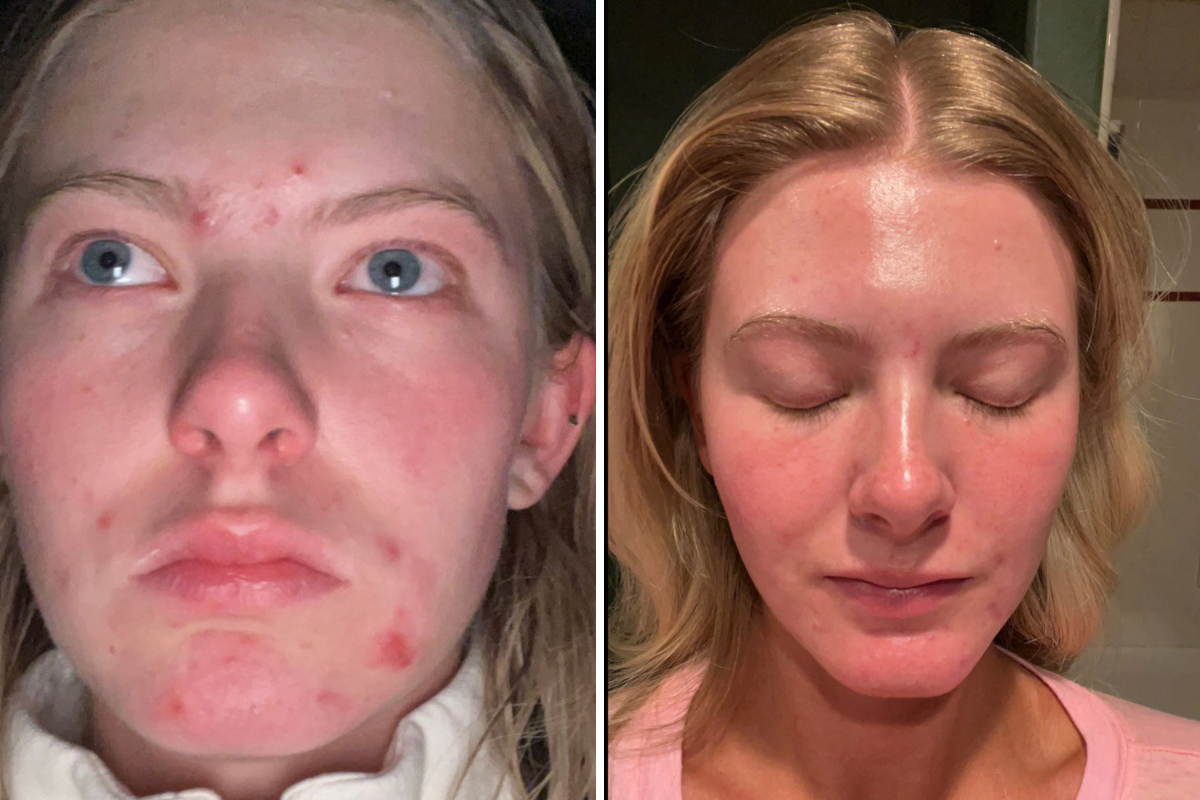Message: If you or someone you know is struggling with suicidal thoughts or mental health issues, please call the 988 Suicide & Crisis Lifeline by dialing 988 to connect with a trained counselor, or visit 988 Lifeline website.
CNN
–
Haley Weaver has always been worried.
When she was 5 years old, she worried that her parents would not return home after hiring a babysitter and bit her nails until they did.
His coping skills changed as he got older, sometimes for the worse (lying to please middle school friends) and sometimes for the better ( taking long walks for clarity). Eight years ago, he started drawing a doodle a day to calm his anxious thoughts and channel his thoughts into something positive.
She shares her daily pictures on her popular Instagram account @haleydrewthis to experience her self-discovery outside of her day job and to create a connection with others who may feel the same way. Now, all this art has become his new picture book, “Give Me Space But Don’t Go Away.”
Kimberly Person/Into Dust Photography
His first book comes from a time when anxiety is on the rise and many people don’t know how to deal with the situation. Anxiety is overwhelming, disrupts sleep, interferes with life goals and interferes with relationships, all of which add to the effects of isolation and anxiety.
Worried new parents or young adults may worry about how their children are coping but find that asking directly provides little insight. Weaver said she hopes her book will reframe our concerns and serve as a tool to start difficult conversations at home.
I spoke with Weaver about her anxiety and how her new book might give other people with anxiety a place to start talking about it.
This interview has been slightly edited and shortened for clarity.
CNN: Many people believe that their lives would be better if their anxieties, fears and insecurities disappeared completely. But it doesn’t sound like you want to get rid of your worries. Why?
Haley Weaver: At its core, anxiety wants to keep us safe – safe from disaster, safe from judgment, safe from rejection – the list goes on! That said, anxiety doesn’t always operate from the most logical place, and knowing how to listen to anxiety without letting it control everything about us is part of it. tricky. I am committed to sharing the importance of accepting the reality of anxiety while creating a “community” of coping strategies to help manage difficult thoughts.
CNN: Was it difficult to be vulnerable about the different tools you used to deal with your anxiety — some helpful, some harmful — as a child, teenager and adult?
Weaver: Of course! Not to be meta, but my anxiety about sharing my anxiety was present throughout the writing process. I was afraid that talking about some of these painful and personal moments would let the world in on my biggest secret: that I don’t do it have it together. Actually, it’s quite the opposite.
At the same time, most of the media I love – whether it’s comics, movies or music – involves telling very vulnerable stories. I knew this book would work best if I was brutally honest about my experience with anxiety, and I’m so glad I did. Since my book was published, people have reached out to tell me how they felt when they read the most vulnerable chapters. It was a great gift.
CNN: What mistake do people make when their children are anxious?
Weaver: Instead of seeing anxiety as a hindrance to their child’s happiness, I believe that parents should help their children see anxiety as a part of themselves that needs to be taken care of just like any other part of their life. their bodies. In addition, taking care of anxiety may seem different depending on how the anxiety develops – perhaps helping children find helpful coping strategies. Maybe it depends on the doctor’s knowledge. There is no single solution for anxiety, but there are many coping skills and support methods.
CNN: What are some common misconceptions about anxiety?
Weaver: Those concerns are inherently misplaced. In fact, anxiety requires us to move forward in life carefully. It is only when worrying thoughts interfere with a person’s daily life that we should take a closer look at why our anxiety is increasing and perhaps seek advice from a mental health professional.
CNN: How can we better support our loved ones dealing with anxiety?
Weaver: Start by asking what your loved one needs. Am I a listening ear? Some confirmation? A shoulder to cry on? Advice? This will help them feel like they have a safe place to stay while you help support them.
If their anxiety is interfering with their ability to enjoy life, it may be helpful to help them make an appointment with a therapist. I’m not an expert, but my experience with speech therapy and anti-anxiety medication has helped me a lot in my day-to-day management.
CNN: You have a lot of people who are very resourceful. Do you have a favorite?
Weaver: They all have their place in my heart! But I have a soft spot for the Liar, who encourages me to lie to fit in with my peers – he’s a prick, even a scam artist.
I also love the Writer, who helps me massage my anxious knots with every written word.
CNN: Who is your book?
Weaver: I wrote this book for anyone who has anxiety or cares about someone who deals with anxiety in their daily life. I hope to inspire readers to rethink the role of anxiety in their lives, that our anxiety is something to do with, not fear. And with care, practice, and sound strategies, we can learn to keep our worries at bay (but also take some much-needed space from them)!
Michelle Icard is the author of “Eight Barriers to Child Success: What to Do and Say to Turn ‘Failure’ into a Character-Building Moment..”
